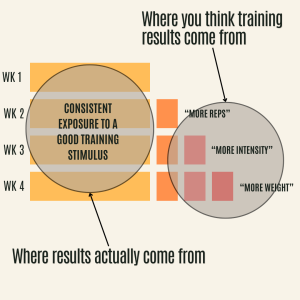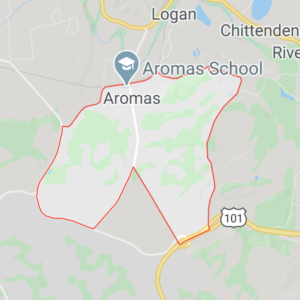Jacob Tsypkin is the owner of Anarchos Training Methods. He has helped athletes at every level in CrossFit. He is a former affiliate owner at CrossFit Monterey and has coached athletes qualifying for the CrossFit Games.
I first remember hearing about Jacob’s coaching when he coached the winner of the UK CrossFit sectionals, Owen Satterly, back in 2010. Jacob was one of the earliest adopters of remote coaching for competitive CrossFit athletes, with his most notable athlete being multiple-time games qualifier Sean Sweeney. In addition to coaching, Jacob has shared his training methods as a contributing writer for Juggernaut Training Systems.
In episode 95 of the Legion Strength and Conditioning podcast, we catch up with Jacob and discuss managing the training of competitive CrossFit athletes. Jacob shares his thoughts on balancing variance with repetition in training, explains his methods for creating “emergent programming,” and much more.
You can check out Jacob’s work on Anarchos Training Methods website and on social. He also writes a blog, Exercise Philosophy, going in-depth on some of the ideas we discuss on this podcast.
Listen Here:
- If you’re enjoying the show, why not leave a review? It makes a difference in terms of other people finding the show.
Show Notes:
- [2:15] Balancing variance with progress through repetition
- [8:55] Diminishing returns with strength training in CrossFit
- [10:00] The importance of resource management in CrossFit
- [11:30] The profiles of different elite athletes
- [14:30] Emergence cycles
- [17:00] Designing mixed training via limiters
- [23:00] Balancing the chaos of CrossFit using variance in training
- [29:00] What’s happening when athletes repeat workouts?
- [31:30] Making small changes to workouts to make training legible
- [33:45] How to manage variation with beginners
- [34:30] The importance of enjoying your training
- [36:00] Being specific with gamified workouts
- [39:34] Learning how to improvise for competitive CrossFit
- [43:00] Sports specific practice rowing compared to CrossFit
- [45:00] How much training is iterative with Jacob’s athletes?
- [46:10] Where does Jacob start with athletes?
- [51:00] Managing daily variance in performance with iterative training
- [56:30] Cost of miscalculating expectations and pacing
- [59:35] Phases of learning in pacing
- [1:02:00] Jacob’s secret spreadsheet of conditioning progressions (see below for an example of the alternation intervals)
- [1:03:00] What Jacob is currently into with training and coaching
Example Training Sessions:
EMOM 20, alternating:
b) this is still work but notably easier than (a). Try and hold a consistent wattage and focus on good technique with relaxed breathing.
2 Series of 3 Rounds Each:
After the end of the third round of (b), rest 4:00, then repeat. For the second series, (a) restarts at 0.






